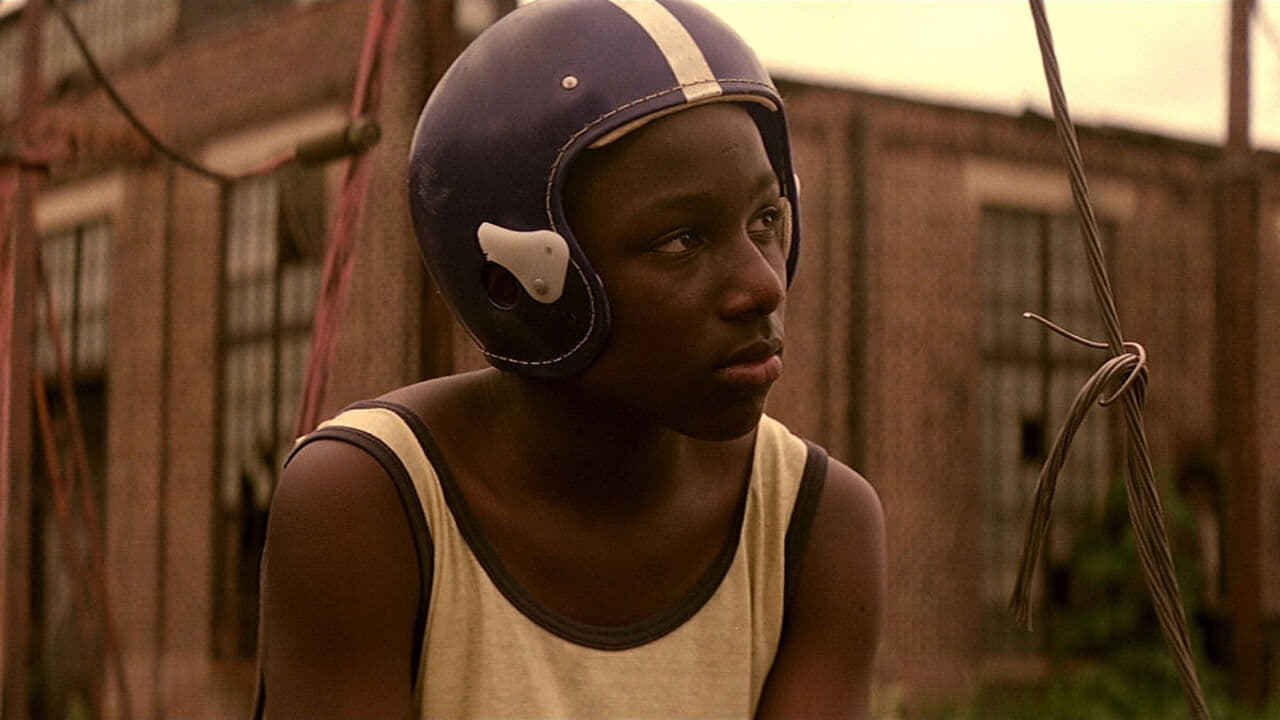George Washington (David Gordon Green, 2000)
George Washington is a southern gothic tale of a group of friends who lose their innocence when a friend dies in a tragic accident. A coming-of-age film story that has been often imitated by other indie directors since, first time director Green (who was 25 at the time!) tells his story of this group of friends in their aimless summer in a hazy and dreamlike way. Green has a great poetic sensibility; his characters’ dialogue is full of poetic wisdom and Green finds beauty in the decrepit landscape of a town that has become a forgotten wasteland. In this sense there is a clear influence from the films of Terrence Malick. It doesn’t feel like a first film, Green shows great instinct here in his direction and is more or less fully formed despite his young age. In particular, his subversion of expectations of which character dies is clever and shocking as he slowly introduces details where you come to expect George, a character with a condition that causes him to have a fragile skull, to be the character who will die given the plot description instead of being a participant in the tragedy.
The film is low budget, but you can’t notice it for the most part due to the great craftsmanship on display by those involved in the production. However, where you do notice the low budget is in the acting. The film uses non-professional actors and the results are mixed. Most of the kids are great - the child who plays George is excellent -; but there are many places where the acting is downright bad and it becomes distracting, which is a risk when you use non-actors on a limited budget and limited film stock. Some of the poetic dialogue is also a little too poetic or on the nose with one scene in particular where George’s uncle describes an encounter with a dog that is just stupid. Nonetheless, George Washington is a really strong debut for a director (and many of his collaborators) who would go on to make films like Pineapple Express.
George Washington is a southern gothic tale of a group of friends who lose their innocence when a friend dies in a tragic accident. A coming-of-age film story that has been often imitated by other indie directors since, first time director Green (who was 25 at the time!) tells his story of this group of friends in their aimless summer in a hazy and dreamlike way. Green has a great poetic sensibility; his characters’ dialogue is full of poetic wisdom and Green finds beauty in the decrepit landscape of a town that has become a forgotten wasteland. In this sense there is a clear influence from the films of Terrence Malick. It doesn’t feel like a first film, Green shows great instinct here in his direction and is more or less fully formed despite his young age. In particular, his subversion of expectations of which character dies is clever and shocking as he slowly introduces details where you come to expect George, a character with a condition that causes him to have a fragile skull, to be the character who will die given the plot description instead of being a participant in the tragedy.
The film is low budget, but you can’t notice it for the most part due to the great craftsmanship on display by those involved in the production. However, where you do notice the low budget is in the acting. The film uses non-professional actors and the results are mixed. Most of the kids are great - the child who plays George is excellent -; but there are many places where the acting is downright bad and it becomes distracting, which is a risk when you use non-actors on a limited budget and limited film stock. Some of the poetic dialogue is also a little too poetic or on the nose with one scene in particular where George’s uncle describes an encounter with a dog that is just stupid. Nonetheless, George Washington is a really strong debut for a director (and many of his collaborators) who would go on to make films like Pineapple Express.



